Here is what your daily menu might look like if recently funded startups have their way.
You’ll start the day with a nice, lightly caffeinated cup of cheese tea. Chase away your hangover with a cold bottle of liver-boosting supplement. Then slice up a few strawberries, fresh-picked from the corner shipping container.
Lunch is full of options. Perhaps a tuna sandwich made with a plant-based, tuna-free fish. Or, if you’re feeling more carnivorous, grab a grilled chicken breast fresh from the lab that cultured its cells, while crunching on a side of mushroom chips. And for extra protein, how about a brownie?
Dinner might be a pizza so good you send your compliments to the chef — only to discover the chef is a robot. For dessert, have some gummy bears. They’re high in fiber with almost no sugar.
Sound terrifying? Tasty? Intriguing? If you checked tasty and intriguing, then here is some good news: The concoctions highlighted above are all products available (or under development) at food and beverage startups that have raised venture and seed funding this past year.
These aren’t small servings of capital, either. A Crunchbase News analysis of venture funding for the food and beverage category found that startups in the space gobbled up more than $3 billion globally in disclosed investment over the past 12 months. That includes a broad mix of supersize deals, tiny seed rounds and everything in-between.
Spending several hours looking at all these funding rounds leaves one with a distinct sense that eating habits are undergoing a great deal of flux. And while we can’t predict what the menu of the future will really hold, we can highlight some of the trends. For this initial installment in our two-part series, we’ll start with foods. Next week, we’ll zero in on beverages.
Chickenless nuggets and fishless tuna
For protein lovers disenchanted with commercial livestock farming, the future looks good. At least eight startups developing plant-based and alternative proteins closed rounds in the past year, focused on everything from lab meat to fishless fish to fast-food nuggets.
New investments add momentum to what was already a pretty hot space. To date, more than $600 million in known funding has gone to what we’ve dubbed the “alt-meat” sector, according to Crunchbase data. Actual investment levels may be quite a bit higher since strategic investors don’t always reveal round size.
In recent months, we’ve seen particularly strong interest in the lab-grown meat space. At least three startups in this area — Memphis Meats, SuperMeat and Wild Type — raised multi-million dollar rounds this year. That could be a signal that investors have grown comfortable with the concept, and now it’s more a matter of who will be early to market with a tasty and affordable finished product.
Makers of meatless versions of common meat dishes are also attracting capital. Two of the top funding recipients in our data set include Seattle Food Tech, which is working to cost-effectively mass-produce meatless chicken nuggets, and Good Catch, which wants to hook consumers on fishless seafoods. While we haven’t sampled their wares, it does seem like they have chosen some suitable dishes to riff on. After all, in terms of taste, both chicken nuggets and tuna salad are somewhat removed from their original animal protein sources, making it seemingly easier to sneak in a veggie substitute.
Robot chefs
Another trend we saw catching on with investors is robot chefs. Modern cooking is already a gadget-driven process, so it’s not surprising investors see this as an area ripe for broad adoption.
Pizza, the perennial takeout favorite, seems to be a popular area for future takeover by robots, with at least two companies securing rounds in recent months. Silicon Valley-based Zume, which raised $48 million last year, uses robots for tasks like spreading sauce and moving pies in and out of the oven. France’s EKIM, meanwhile, recently opened what it describes as a fully autonomous restaurant staffed by pizza robots cooking as customers watch.
Salad, pizza’s healthier companion side dish, is also getting roboticized. Just this week, Chowbotics, a developer of robots for food service whose lineup includes Sally the salad robot, announced an $11 million Series A round.
Those aren’t the only players. We’ve put together a more complete list of recently launched or funded robot food startups here.
Beyond sugar
Sugar substitutes aren’t exactly a new area of innovation. Diet Rite, often credited as the original diet soda, hit the market in 1958. Since then, we’ve had 60 years of mass-marketing for low-calorie sweeteners, from aspartame to stevia.
It’s not over. In recent quarters, we’ve seen a raft of funding rounds for startups developing new ways to reduce or eliminate sugar in many of the foods we’ve come to love. On the dessert and candy front, Siren Snacks and SmartSweets are looking to turn favorite indulgences like brownies and gummy bears into healthy snack options.
The quest for good-for-you sugar also continues. The latest funding recipient in this space appears to be Bonumuse, which is working to commercialize two rare sugars, Tagatose and Allulose, as lower-calorie and potentially healthier substitutes for table sugar. We’ve compiled a list of more sugar-reduction-related startups here.
Where is it all headed?
It’s tough to tell which early-stage food startups will take off and which will wind up in the scrap bin. But looking in aggregate at what they’re cooking up, it looks like the meal of the future will be high in protein, low in sugar and prepared by a robot.
https://ift.tt/eA8V8J VCs serve up a large helping of cash to startups disrupting food https://ift.tt/2LVazAJ






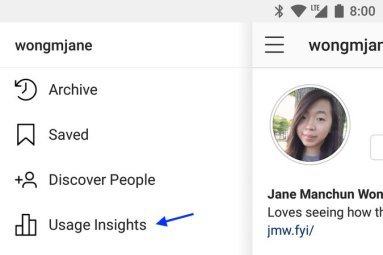


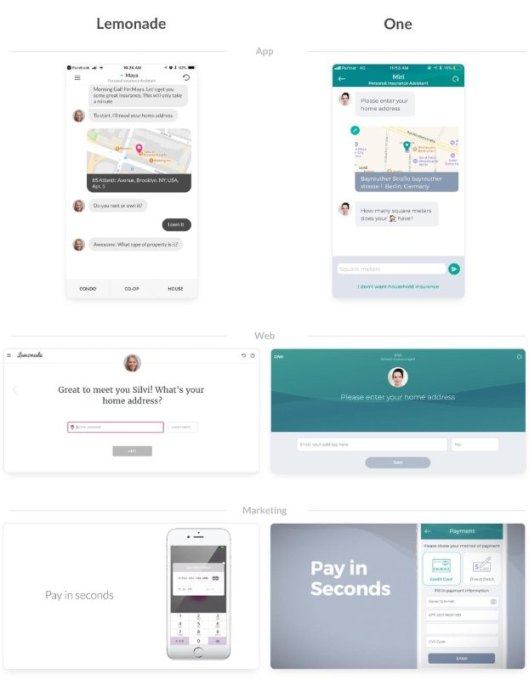




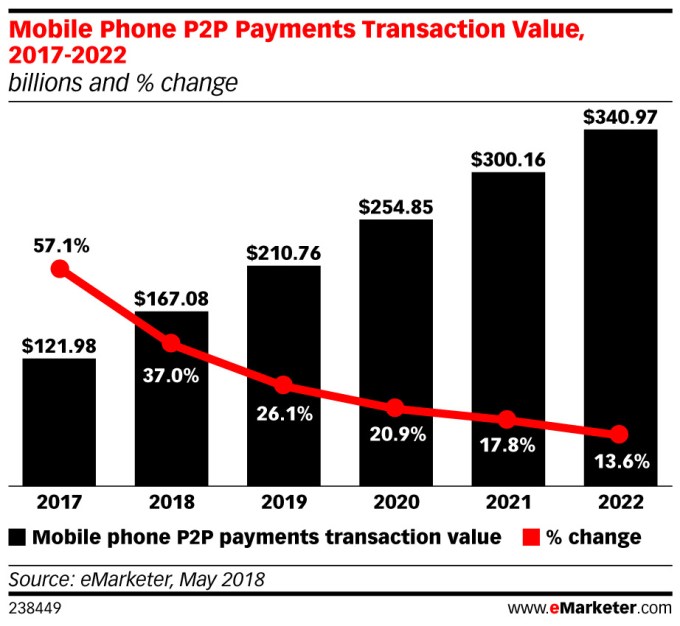





 It will have to rely on that nimbleness and a flawless customer experience if Atoms are going to gain a foothold in a business dominated by brands with huge ad campaigns and brick-and-mortar distribution. One thing it’s thankful to its shoe startup competitor for is that “Allbirds has shown the world is not just ruled by Nike and Adidas”.
It will have to rely on that nimbleness and a flawless customer experience if Atoms are going to gain a foothold in a business dominated by brands with huge ad campaigns and brick-and-mortar distribution. One thing it’s thankful to its shoe startup competitor for is that “Allbirds has shown the world is not just ruled by Nike and Adidas”.

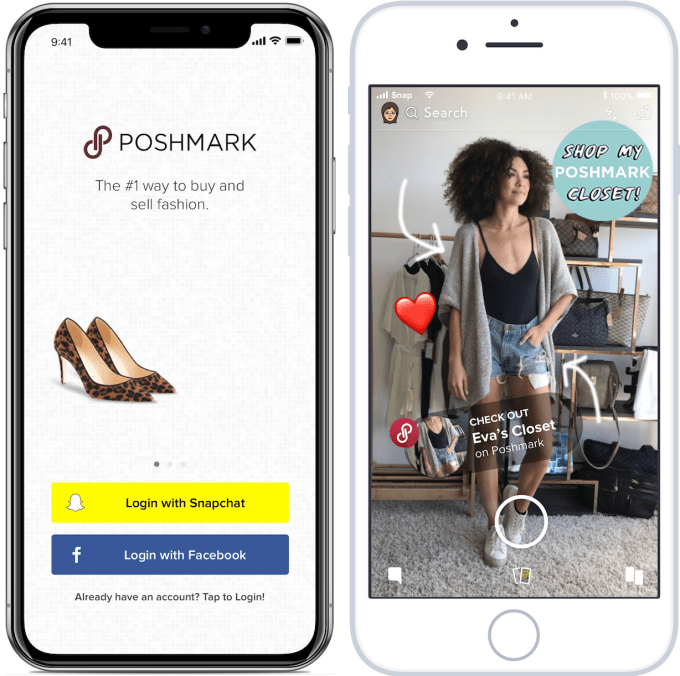
 This focus on privacy manifests as a limit of 90 days of inactivity before your connection with an app is severed. And the login feature only requires you bring along your changeable Snapchat display name, and optionally, your Bitmoji. Snap Kit apps can’t even ask for your email, phone number, gender, age, location, who you follow, or who you’re friends with.
This focus on privacy manifests as a limit of 90 days of inactivity before your connection with an app is severed. And the login feature only requires you bring along your changeable Snapchat display name, and optionally, your Bitmoji. Snap Kit apps can’t even ask for your email, phone number, gender, age, location, who you follow, or who you’re friends with.
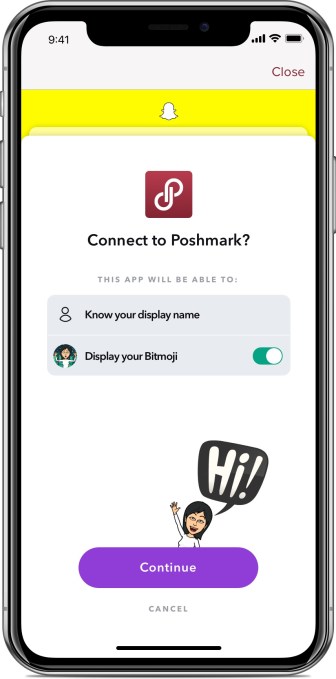 Third-party apps promising a way to secretly screenshot messages asked users to login with their Snapchat usernames and passwords, then proceeded to get hacked, exposing some users’ risqué photos. Snap later cut off an innocent music video app called Mindie for finding a way to share to users’ Stories. Last year I wrote how
Third-party apps promising a way to secretly screenshot messages asked users to login with their Snapchat usernames and passwords, then proceeded to get hacked, exposing some users’ risqué photos. Snap later cut off an innocent music video app called Mindie for finding a way to share to users’ Stories. Last year I wrote how
















